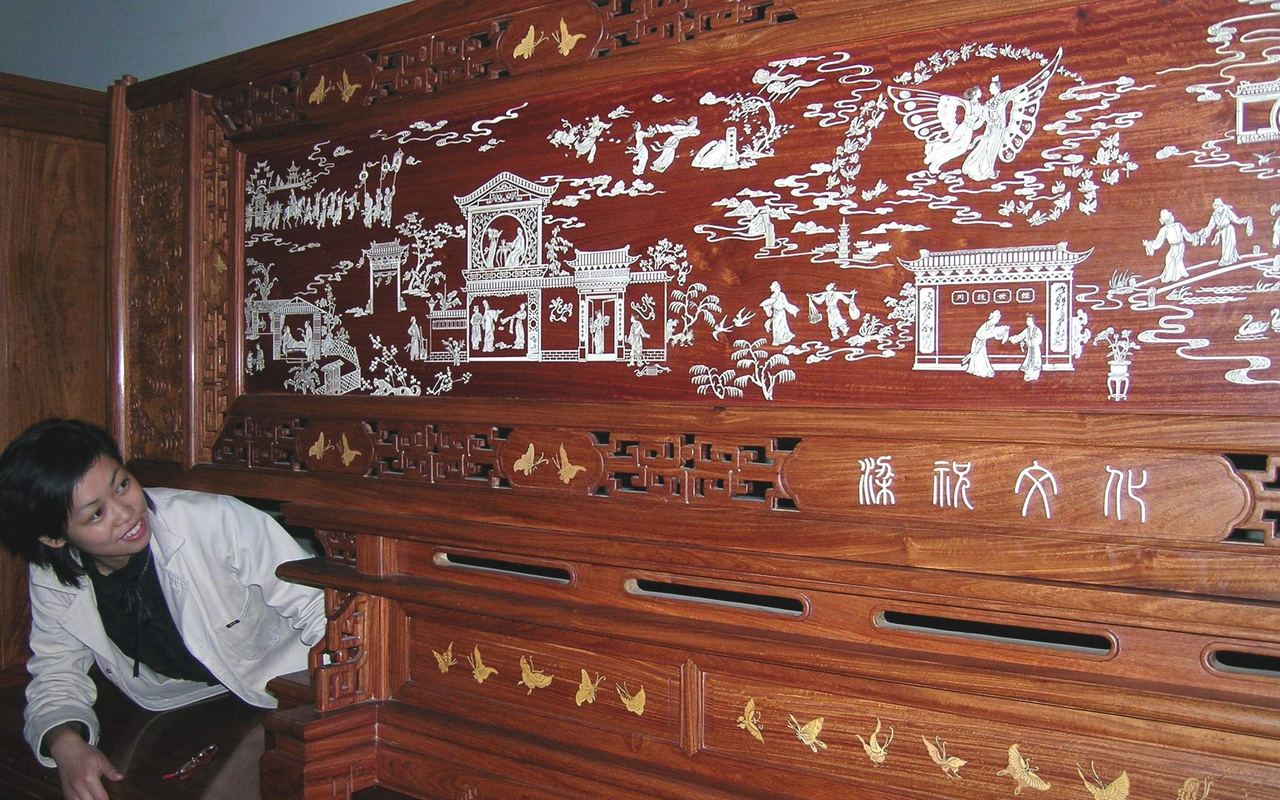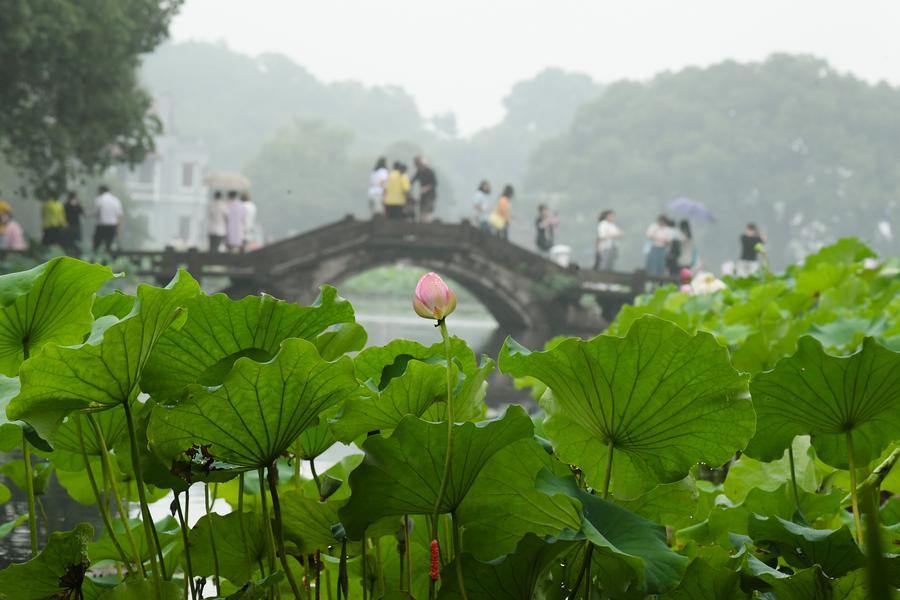
Ningbo inlay is a forerunner of Chinese ancient handicrafts. It had been well developed in the Sui and Tang dynasties (7th-9th Centuries). When the time elapsed into the Qianlong period and the Daoguang Period of the Qing Dynasty, the bone and wooden inlay technique had been well known with its unique local flavor and exquisite craftsmanship. It was parallel to the mother-of-pearl inlay of Yangzhou and the ivory inlay of Guangzhou. The Ningbo inlay products were presented as tributes to the imperial courts, which are still displayed at the Summer Palace in Beijing.
There are two types of inlay with this old handicraft: raised and flat. In making inlay products, ivories, shells, wooden plates or copper plates are sawn into laces, which are inlaid into the wooden base and carved into decorative patterns. They are often used in architecture and furniture.
The bone and wood inlay craft, together with the gold and lacquer wood carving, was introduced to Japan by the monk Jianzhen during the Tang Dynasty. Today's Toshodai Temple of Japan has kept inlaid crafts introduced from Mingzhou (Ningbo in the Tang Dynasty). The monks are still using the inlaid chessboards introduced from Mingzhou. According to historical records of Japan, Jianzhen brought to Japan embroidered images, paintings, carvings, sculptures, and golden and bronze statues, which had benefited a lot the Buddhist architecture in Japan.
The craft of bone and wood inlay of Ningbo has been applied extensively. It has been used in the making of chairs, rocking chairs, tables, tea tables, screens, cupboards, cabinets and hanging screens. It produces an effect similar to that of traditional Chinese painting, vivid and true to life.
(Executive Editor: Yongliu HE)




